Ana Vaz - Exorcisms
In the presence of Ana Vaz
Courtisane is een platform voor film en audiovisuele kunsten. In de vorm van een jaarlijks festival, filmvertoningen, gesprekken en publicaties onderzoeken we de relaties tussen beeld en wereld, esthetiek en politiek, experiment en engagement.
Courtisane is a platform for film and audiovisual arts. Through a yearly festival, film screenings, talks and publications, we research the relations between image and world, aesthetics and politics, experiment and engagement.
In the presence of Ana Vaz
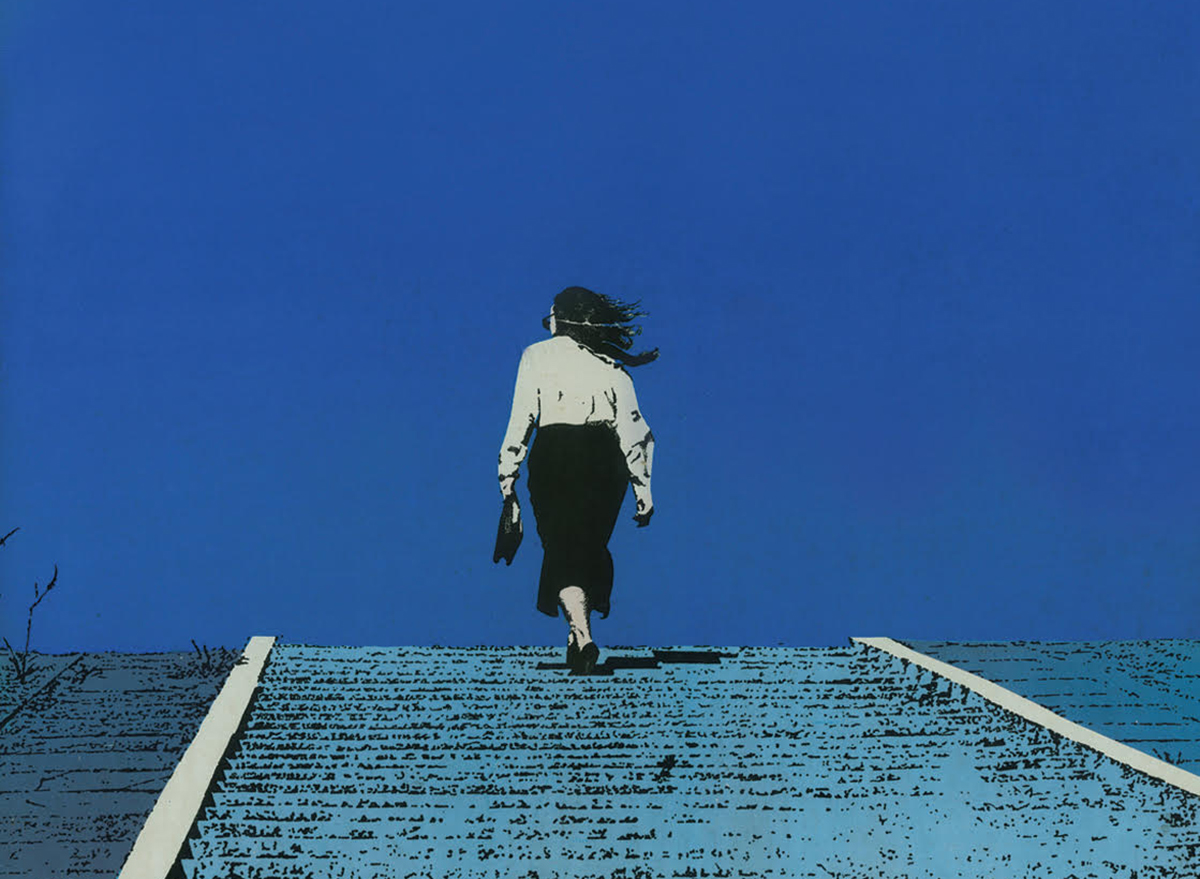
Brasiliários was inspired by two tales from writer Clarice Lispector, Five Days in Brasília and Brasília Esplendor. Bazi and Porto’s film portrays Lispector as played by Cláudia Pereira, Vaz’s mother — and her journey through Brasília’s iconic modernist architecture. The film’s soundtrack is by Ana Vaz’s father, artist and composer Guilherme Vaz, who was one of the pioneers of conceptual and sound art at the beginning of concrete music in Brazilian cinema, composing soundtracks for more than 60 films. A co-founder of the Experimental Unit of the Museum of Modern Art in Rio de Janeiro (1968-1970), he was among the four Brazilian participants in the Information exhibition at the Museum of Modern Art in New York, 1970.
Portuguese spoken, English subtitles

Vaz’s first film, made as a student at the Royal Melbourne Institute of Technology, Sacris Pulso deconstructs the personally intertwined myths of origins of the foundation of her native city Brasília and her own birth. Vaz had not consciously set out to be a filmmaker; Sacris Pulso developed from her studies on Australian experimental cinema, in particular the films by Arthur and Corinne Cantrill and Dirk de Bruyn’s work on trauma. In the process, Vaz found herself making a found footage film inhabited by the presences of her mother and father, who met during the making of Brasiliários (1986) by Zuleika Porto and Sérgio Bazi. Sacris Pulso starts by quoting Euripides’ Medea — “I will begin at the beginning”– and reappropriates scenes from Brasiliários.
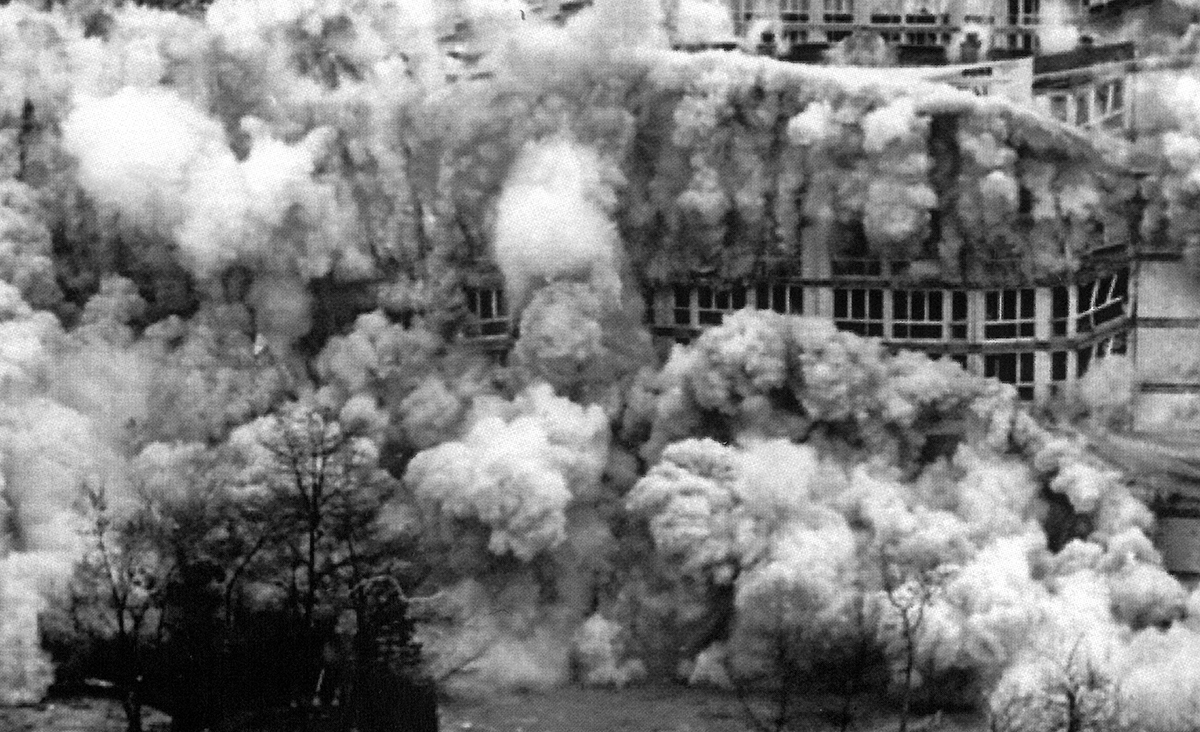
A meditation and a reverie upon a city at once real and imagined, Ana Vaz’s Entre temps, made as a student at Le Fresnoy, positions a modern housing estate in France as a site of charged meaning and shifting significance.
Portuguese spoken, English subtitles
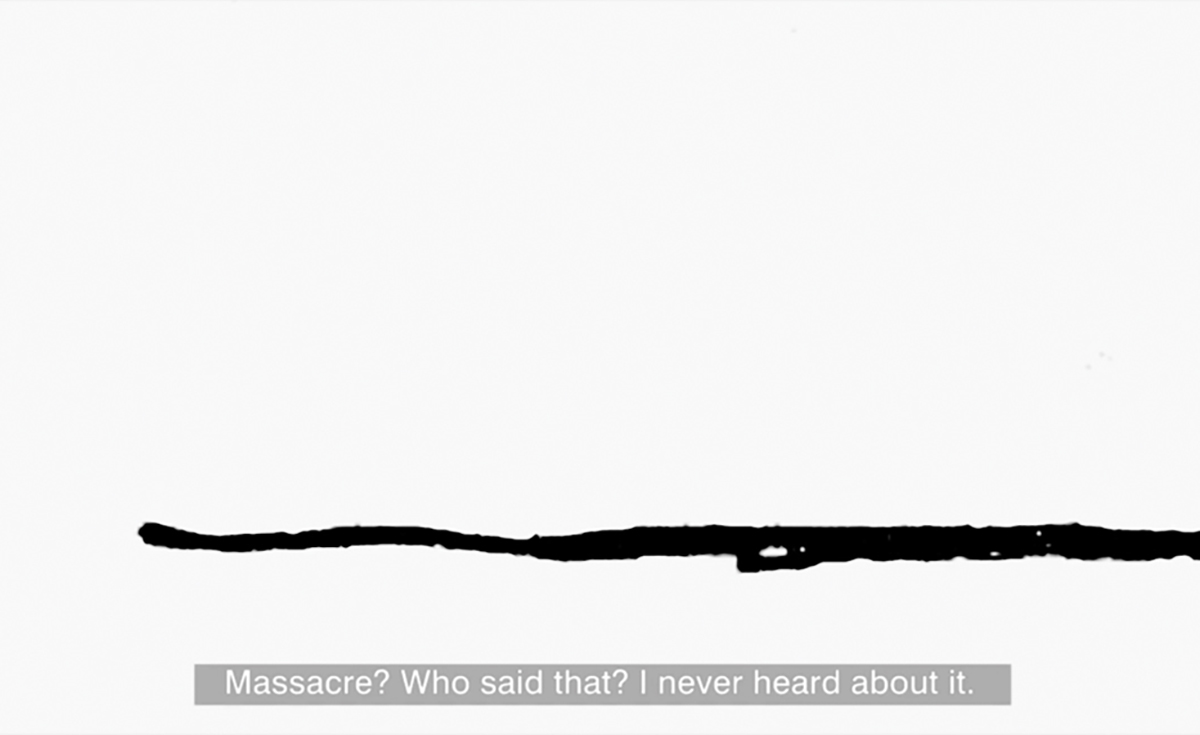
Forma Livre (Free Form) features sketches of Brasília and audio from interviews where architects Oscar Niemeyer and Lucio Costa are questioned about the slaughter of native candango workers during the construction of the capital. Interested in the discrepancies between discourse and practice, plan and reality, monument and ruin, the artist reveals two mythic figures who refuse to admit to the tragedy. (Videobrasil)
Portuguese spoken, English subtitles
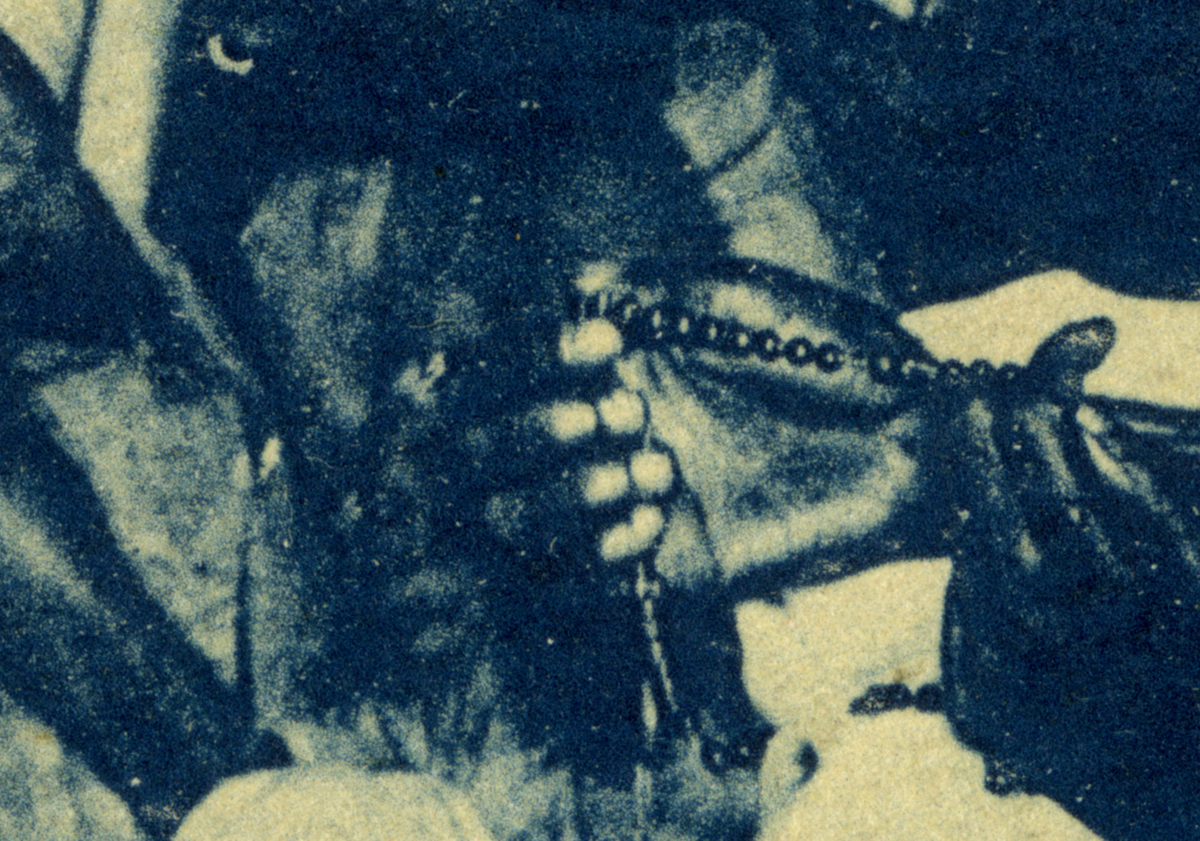
Les mains, négatives, in reference to Les mains négatives by Marguerite Duras, is entirely made from one single image printed on a postcard found at the flea market of St. Ouen in Paris. It depicts a catholic missionary teaching young Malagasy kids to pray with rosary beads — “the image emanates all the violence of this gesture, rendered all the more violent in its form as a postcard.”
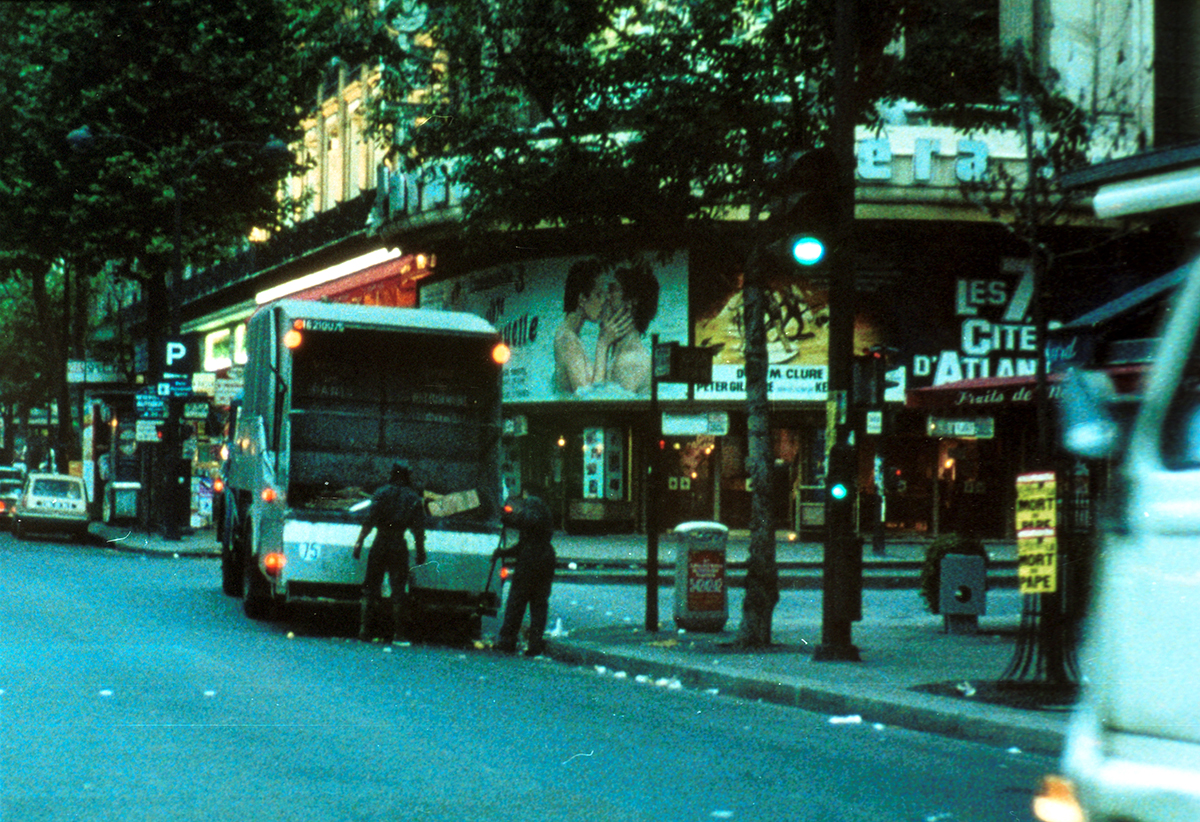
The hand paintings found in the Magdalenian caves of Sub-Atlantic Europe are called negative hands. The outline of these hands — laid wide open on the stone — was coated with colour. Most often blue, black. Sometimes red. No explanation has been found for this practice. From Paris’ Bastille to the Champs-Élysées, Les mains négatives travels the empty streets at dawn in a continuous shot. Meditating on love and loss and far off places, Duras’ voiceover populates the scene as the city wakes, transitioning from night to day.
French spoken, English subtitles